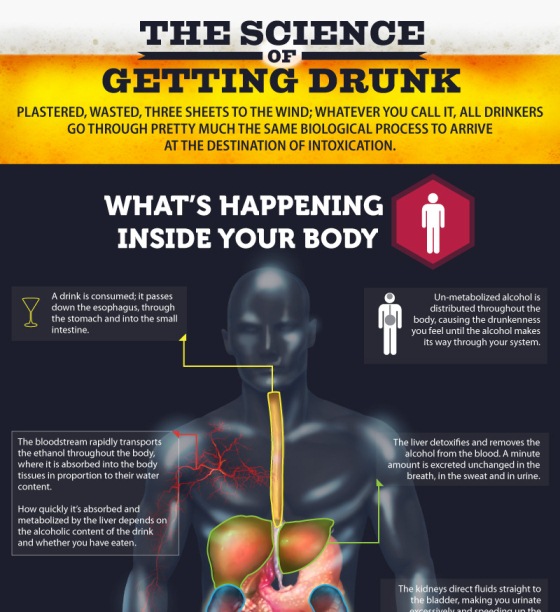Unlock the secrets of intoxication with the science behind how many beers it takes to reach that tipsy state.

Image courtesy of Miff Ibra via Pexels
Table of Contents
Have you ever found yourself pondering the age-old question: How many beers does it really take to get drunk? It’s a common query, yet the answer is not as straightforward as one might think. In this blog post, we will delve into the science behind alcohol intoxication, exploring the factors that influence how many beers it takes for someone to reach that state of inebriation.
Understanding Alcohol Metabolism
When you consume a beer, the alcohol enters your bloodstream and is then metabolized by your liver. Alcohol metabolism occurs at a relatively consistent rate, typically breaking down around one standard drink per hour. This means that if you consume multiple drinks in a short period, your blood alcohol concentration (BAC) will continue to rise until your body has processed all the alcohol.
Individual Tolerance Levels
When it comes to how many beers it takes to get drunk, individual tolerance levels play a significant role. Factors such as body weight, metabolism, genetics, and even gender can influence how a person responds to alcohol. Generally, those with a higher body weight and faster metabolism may require more drinks to feel intoxicated, while others may feel the effects after just one or two beers.
Factors Influencing Intoxication
There are several other factors that can influence how quickly someone gets drunk after consuming alcohol. One significant factor is food consumption – eating a meal before drinking can slow down the absorption of alcohol into the bloodstream, potentially delaying intoxication. Hydration levels can also play a role, as alcohol dehydrates the body and can intensify its effects.

Image courtesy of www.infographicszone.com via Google Images
Additionally, consuming other substances alongside alcohol, such as medications or illicit drugs, can interact and amplify its intoxicating effects. It’s essential to be aware of these factors and their potential impact on how alcohol affects your body.
Conclusion
So, how many beers does it take to get drunk? The answer is not a one-size-fits-all number – it varies depending on a multitude of individual factors. While some may be able to consume several beers without feeling intoxicated, others may experience the effects after just one drink. It’s crucial to understand your own tolerance levels, drink responsibly, and never drive under the influence.
By gaining a better understanding of the science behind alcohol intoxication and the factors that influence how many beers it takes to get drunk, you can make informed decisions about your alcohol consumption and prioritize your health and safety. Remember, moderation is key when it comes to enjoying alcoholic beverages.
How does body weight affect alcohol tolerance?
Body weight plays a role in alcohol tolerance, as those with higher body weight may require more drinks to feel intoxicated due to a larger volume of distribution.
Can genetics influence how alcohol affects a person?
Yes, genetics can impact alcohol metabolism, affecting how quickly a person processes and reacts to alcohol.
Does gender play a role in alcohol tolerance?
Yes, gender can influence alcohol tolerance, as women generally have a higher BAC than men after consuming the same amount of alcohol due to differences in body composition and metabolism.
Can mixing alcohol and medications intensify intoxication?
Yes, combining alcohol with medications or illicit drugs can interact and amplify its effects, potentially leading to increased intoxication and adverse health outcomes. It’s crucial to be aware of these interactions and consult a healthcare professional before consuming alcohol while on medications.
Powered by Texta.ai Blog Automation
Leave a Reply